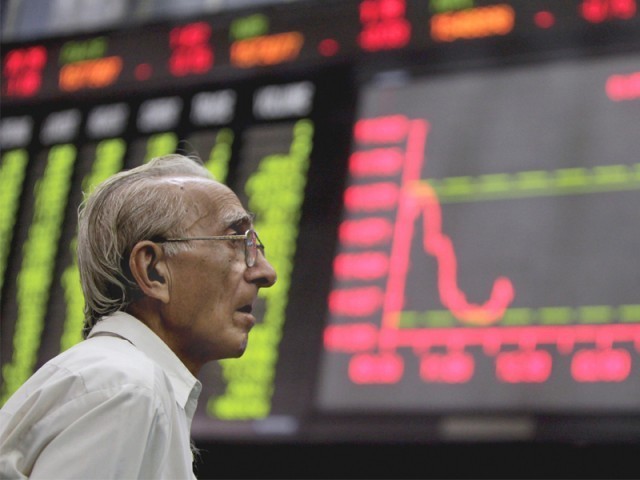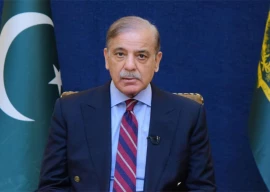
The report recognises that some economic indicators have improved including fiscal deficit, inflation, and the current account deficit.
PIA must undertake reforms, regain competitiveness: IPR
“For the first time in many years, the government has achieved and exceeded its Federal Board of Revenue tax collection target, which grew by 20%,” stated the report. “Additionally, the current expenditure remained within budget and low markup rates increased demand for private credit.”
The report added that the economy’s future prospects, however, depend on much needed policy changes. “There are fundamental issues that prevent the economy to achieve sustained economic growth. Economic growth must be based on two pillars: improved long term fundamentals, and higher level of productivity.
“Whereas some fundamentals have improved, the economy suffers from vulnerabilities,” the report said.

Public debt has increased rapidly with some external financing procured at high cost. The report states that Pakistan’s external sector is weak. Exports fell in 2015-16, foreign direct investment is low despite inflows from China, and workers’ remittance is presently in modest growth.
However, it could drop or slow down by the effects of energy prices on Middle Eastern economies.
Quoting the International Monetary Fund, the report states that in the next four years, current account deficit will remain between -1.8% to -2.3% of GDP and FDI will remain modest.
Government achieves only four out of 89 targets
Annual external financing needs will grow from $7.3 billion in 2015-16 to $14.4 billion in 2019-20. Short term debt is expected to grow steeply from 4.2% to 8% of GDP.
Improvements needed
Higher productivity - the second growth pillar - comes from better infrastructure, upgraded skills, R&D, and improvement in governance to reduce transaction cost.
However, the report said that so far Pakistan has not seen any major policy initiative to empower economic players and improve governance. Governments, federal and provincial, have yet to launch a meaningful programme to invest in the people.
The productive sector of the economy remains sluggish as production of major crops fell by 6.25%. IPR fears that there may be structural issues at play here.
“Policymakers have done little to address water availability and its efficient use. In fact, federal allocation for the water sector has declined in the last two years.”
Nevertheless, the report says industry grew by 3.21%. “It is encouraging to see private sector credit increase by 105%.
The economy: All is not well
“Half of the additional credit has gone into fixed investment, though the share of manufacturing in new private investment has declined. The economy is still constrained by power shortage and though new investment will increase generation capacity, there is no policy shift to make the total power supply chain efficient.
“Similarly, savings and investment remain below the economy’s need to grow. Government is expected to make negative savings for the foreseeable future.”
Published in The Express Tribune, October 11th, 2016.
Like Business on Facebook, follow @TribuneBiz on Twitter to stay informed and join in the conversation.



1719211536-0/BeFunky-collage-(81)1719211536-0-165x106.webp)



















COMMENTS
Comments are moderated and generally will be posted if they are on-topic and not abusive.
For more information, please see our Comments FAQ